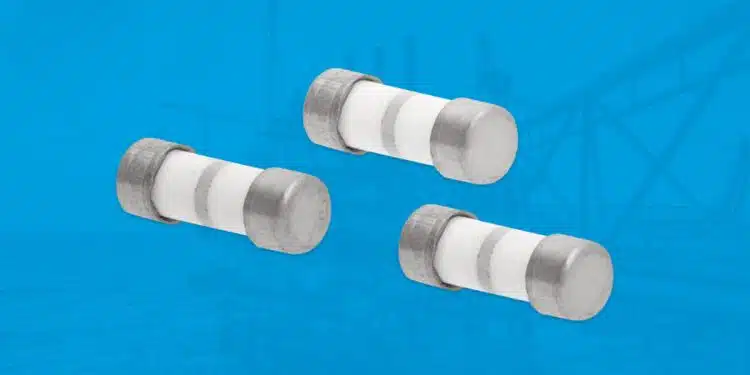Bel Fuse Inc, a leading global manufacturer of products that power, protect, and connect electronic circuits, today announced the release of their Type 0AMA series of 3×8.4mm Fast-acting Fuses.
These competitively priced fuses are designed for barrier circuits in intrinsic safety applications relating to hazardous locations, particularly medical and industrial environments.
With the introduction of this series, Bel Fuse expands its portfolio to include robust and reliable products capable of meeting the demanding requirements for protecting and maintaining electrical equipment in extreme environments.
Bel’s Type 0AMA series of ceramic tube fuses feature a patented design that allows them to withstand surges and excess overcurrent without blowing out prematurely or failing at higher temperatures. They are fast-acting, have a high interrupting rating of 4000A at 250Vac/dc, and can operate in temperatures ranging from -55°C to +125°C.
These fuses are intended for barrier circuits in intrinsic safety applications relating to hazardous locations. Ranging from 40mA to 250mA, the series provides overcurrent protection solutions to fit many applications, and they meet all electrical performance specifications for intrinsically safe (EN60079-11) applications. They are also in full compliance with EU Directive 2011/65/EU and amending directive 2015/863. The series also has UL Recognition for the US and Canada.
There are nine SKUs in the series, rated for currents 40mA, 50mA, 63mA, 80mA, 100mA, 125mA, 160mA, 200mA, and 250mA. The products are currently available through Digi-Key and Mouser.






























